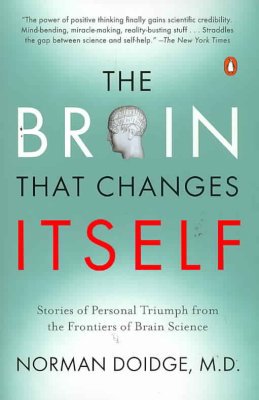

The Yoga Sutras are comprised of 196 sayings that speak to the nature of mind, lifestyle, values, use of the body, breath (prana, in Sanskrit) and our senses. Compiled by the sage Patangali in the second century BCE, the sutras are intended to bring about self-realization.
Over the ages, there have been many outstanding translations. For this post, I’m using Edwin F. Bryant’s 2009 translation, and the sutra I’m discussing is 2.33. It’s called Pratipaksha Bhavana, and whenever I say that at home, my husband says, “Gesundheit!” It’s tricky to pronounce, so let’s call it “PB” for short.
2.33 Upon being harassed by negative thoughts, one should cultivate counteracting thoughts.
On first reading, this seems like an obvious bit of advice — yet I’m sure we all recognize how easy it is to get stuck in negativity. Frankly, with the multitude of trials in today’s world, even the most balanced and mindful person faces challenging and negative thoughts.
Spoiler: what we think day-to-day literally creates grooves in our brain. More on that later.
PB teaches that the key to minimizing negative thoughts is to recognize them the instant they arise, whether they be critical, self-deprecating, violent, angry, or any combination of the above. Then, with awareness, counteract those thoughts by inviting their opposite into your consciousness. In this way, you begin to replace negative habits with healthier ones.
An apt analogy Bryant uses for this process is “weeding a garden.” As one practices PB, uninvited thoughts (weeds) are less likely to grow or take root in our consciousness.

In fact, modern science is affirming this ancient wisdom. The 2007 book The Brain That Changes Itself notes a treatment developed by UCLA psychiatrist Jeffrey M. Schwartz that helps people overcome not only everyday worries, but compulsive behaviors, jealousy, and issues of self-esteem. The key components of his talk therapy include:
1. First recognizing the negative thoughts, behaviors, and feelings
2. Then refocusing energy onto more positive thoughts, activities, or emotions
Schwartz has proven through brain scans that this approach “grows” new brain circuits. Change isn’t instantaneous, but eventually, the new circuits become more dominant than the old, and unhealthy patterns are weakened. Schwartz reports, “With this treatment, we don’t so much ‘break’ bad habits as replace bad behaviors with better ones.”
Sounds a lot like pratipaksha bhavanah, doesn’t it?
PB is not only being aware of negative thoughts as they arise; it also examines the effects on negative actions by making other, wiser choices. A few practical examples of PB at work:
Behavior
Understanding that a diet high in saturated fat, sugar and/or processed products often leads to allergies, diabetes, arthritis, and other diseases, we consciously choose healthy, whole, nutritious foods.
Lifestyle
Feeling frazzled in a world that seems to be moving faster and faster, we choose to unplug from technology for a period of time each day – or one day a week – and use that time to deepen our connections to people, animals, or nature.
Social
Recognizing that violence and fear exist in the world, we choose to cultivate the opposite qualities of peace and courage. By doing so, we counter the negative consequences of hatred and hostility.
Interpersonal
When we tend towards worry, impatience, or anger, we choose to select a specific and opposite emotion to ‘breath in.’ In this instance, to counter the aforementioned emotions, we might choose to breathe in faith as a counter to worry, steadiness as a counter to impatience, and compassion as a counter to anger.
Don’t worry if you’re choosing the “right” counter-emotion. What matters most is to select a positive emotion that is resonant for you. You will know things have changed when you feel the weight of the negative emotion lift or shift.
Recently, I enlisted PB when I felt let down by a colleague who missed an important deadline. When I examined the situation from a neutral perspective, I could see that I was suffering from a feeling of sadness – both for myself and for the other person. I enlisted the opposite emotion — acceptance for myself and for the other — breathing acceptance in and breathing out disappointment. I practiced for five minutes.
From that new emotional space, I not only felt better and lighter, I was able to acknowledge that this had happened before on more than one occasion. It gave me perspective on ways I can choose to behave differently in the future to avoid the same issue.
Try it this week. Notice when something is getting under your skin, and identify the emotion or behavior you want to evoke instead. Work with it, breathing in the new and exhaling the old, and see if you don’t see the benefits!
Great article! Simple but important advice, breathing acceptance in and breathing out disappointment. Thank you!
Thanks, Denise. I’m glad that you found the article helpful.